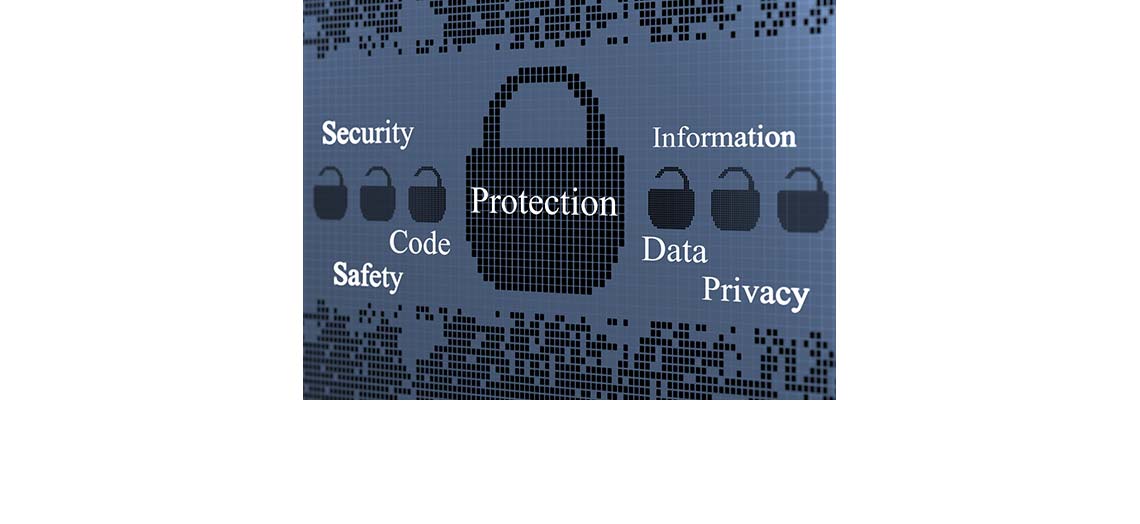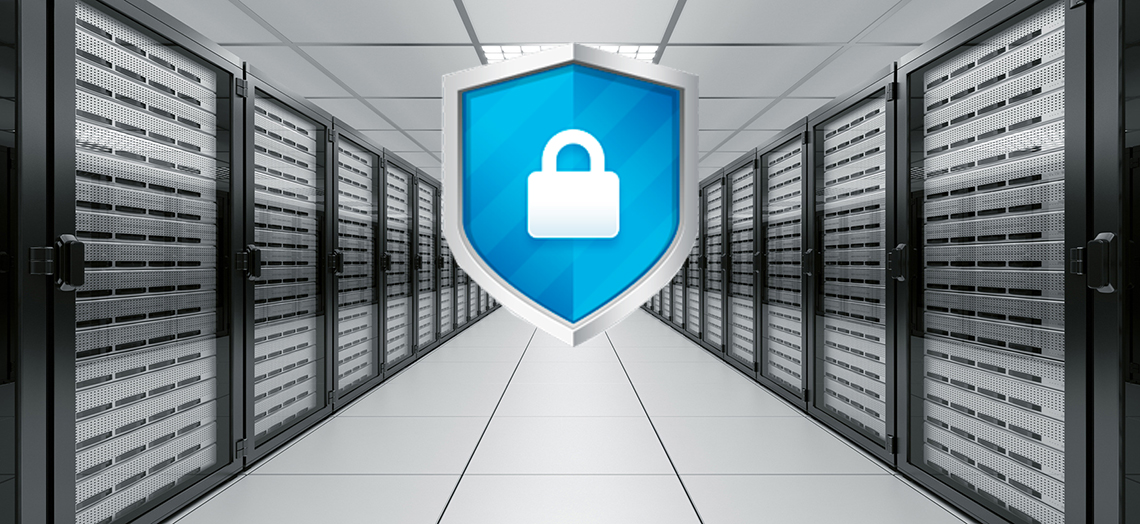Data Center Security
August 3, 2015
Disaster Recovery in Data Center
Data centers play a crucial role in modern business as they determine the availability of a company. Based on this fact, multiple layers security systems are applied to protect data centers. Unfortunately, even though data centers have been protected maximally, sometimes there are inevitable conditions that can cause a disaster. Cyber attacks, fire and floods are some conditions that can have a serious impact to data center. They will not only harm the IT equipment and the building but also harm your data. They will create a painful experience as you might lose important data about your company, products and customers. In other words, disaster in data center affects business continuity.
To fully maintain business continuity, a disaster recovery plan should be created. This plan explains what kind of actions an organization should do in a response to any given type of disaster. Being well prepared helps an organization to avoid bigger lost of worse effects. Basically, a disaster recovery plan should address two types of actions, namely responsive and preventative. Responsive actions aim at minimizing the bad effects of an event by giving an appropriate response to each event while preventative actions aim at minimizing the bad effects of an event by avoiding it to happen.
To make sure that the disaster recovery plan is executable; all elements of a data center should be considered. They are computer room environments, service provider, IT hardware, and software. A good disaster recovery plan should explain clearly the type of preventative and responsive actions to recover the affected elements. A detailed plan enables you to execute it more easily and faster so that no time is waste. If the disaster can be recovered fast, further negative impacts can be avoided. Thus, before you build a data center, you should have had a detailed disaster recovery plan.






